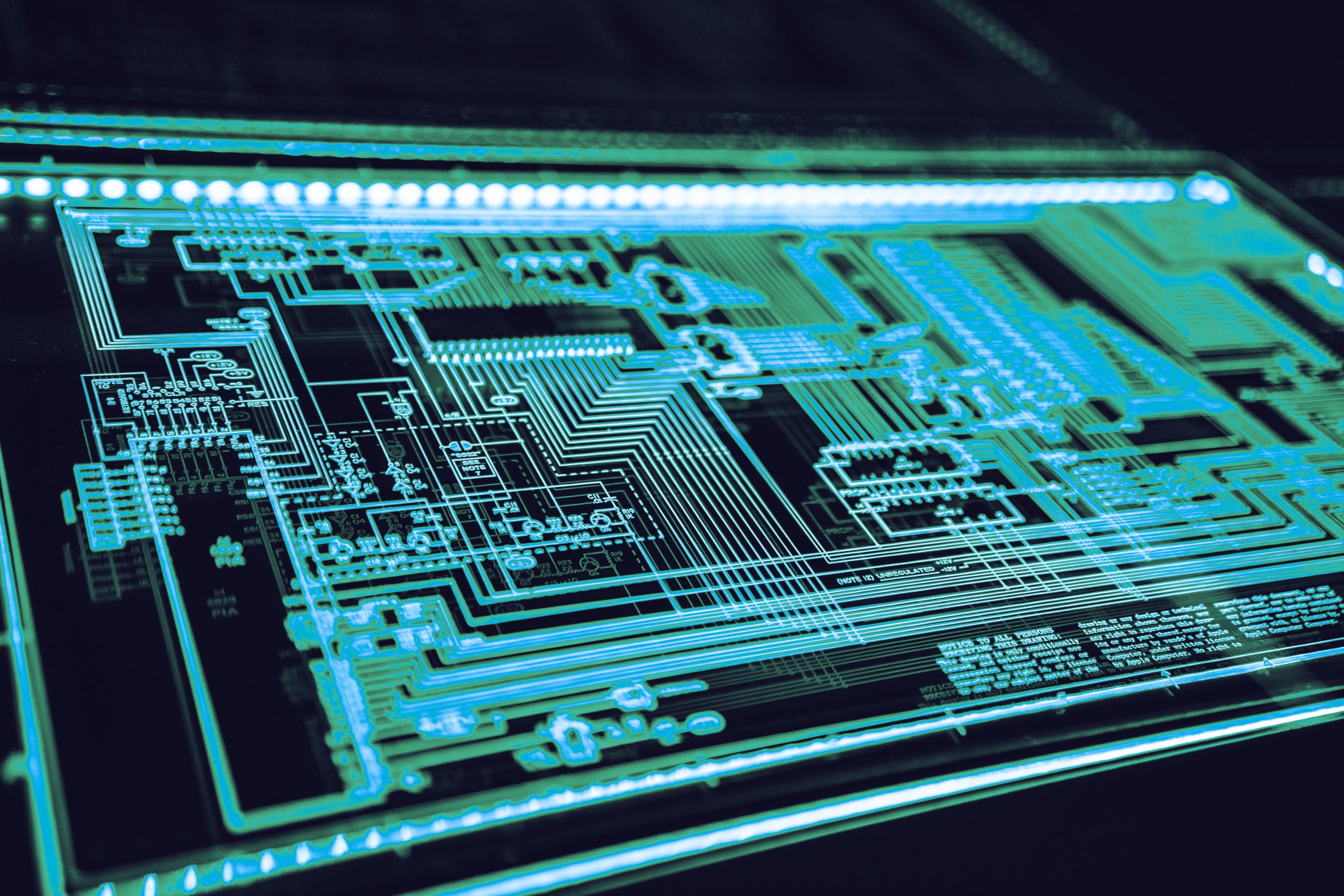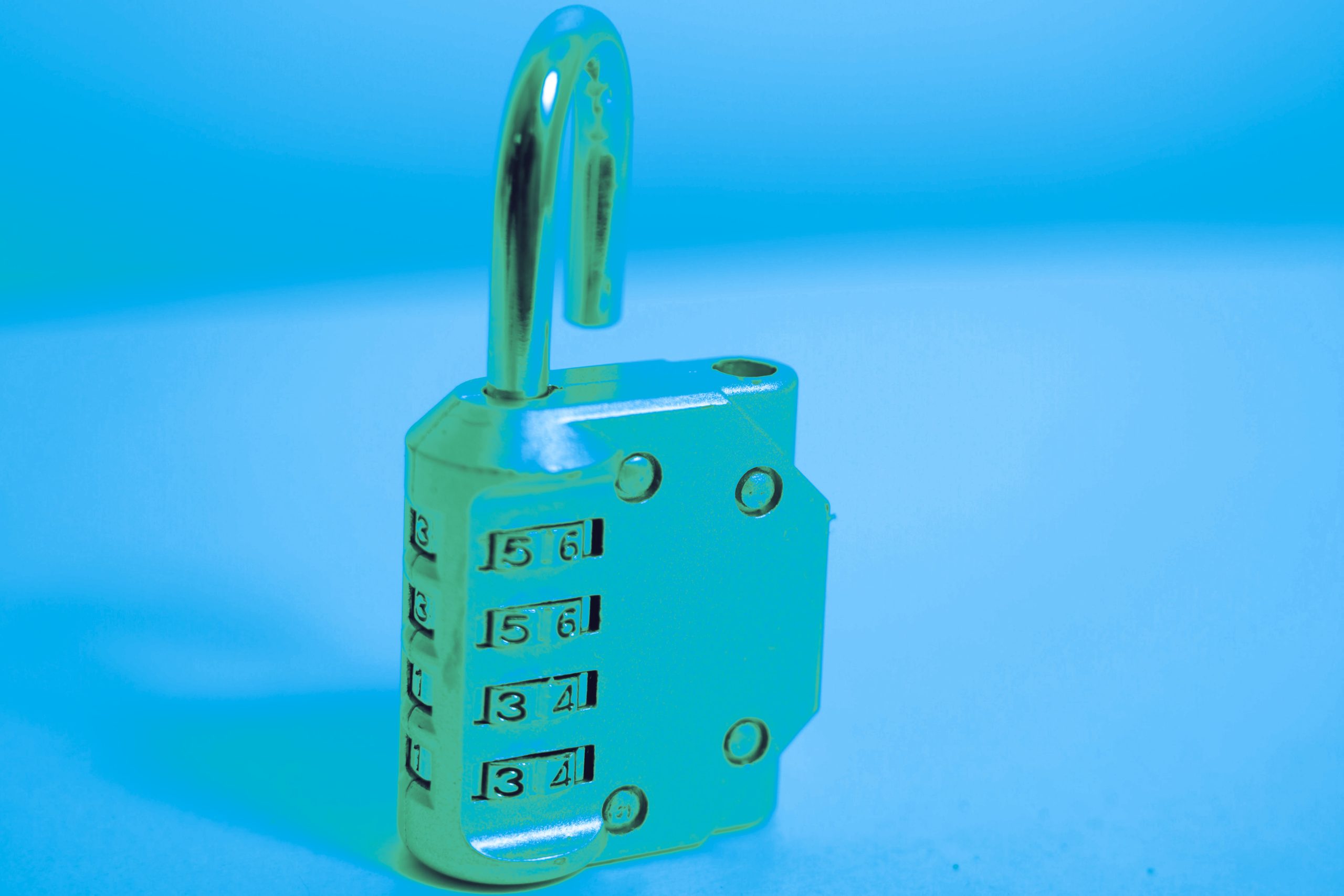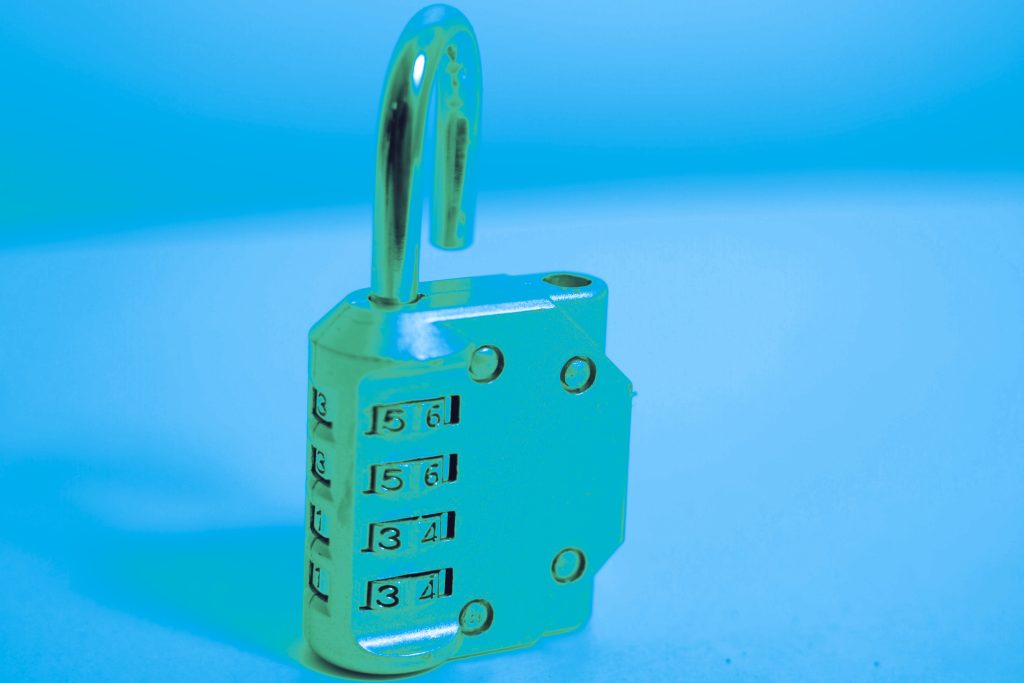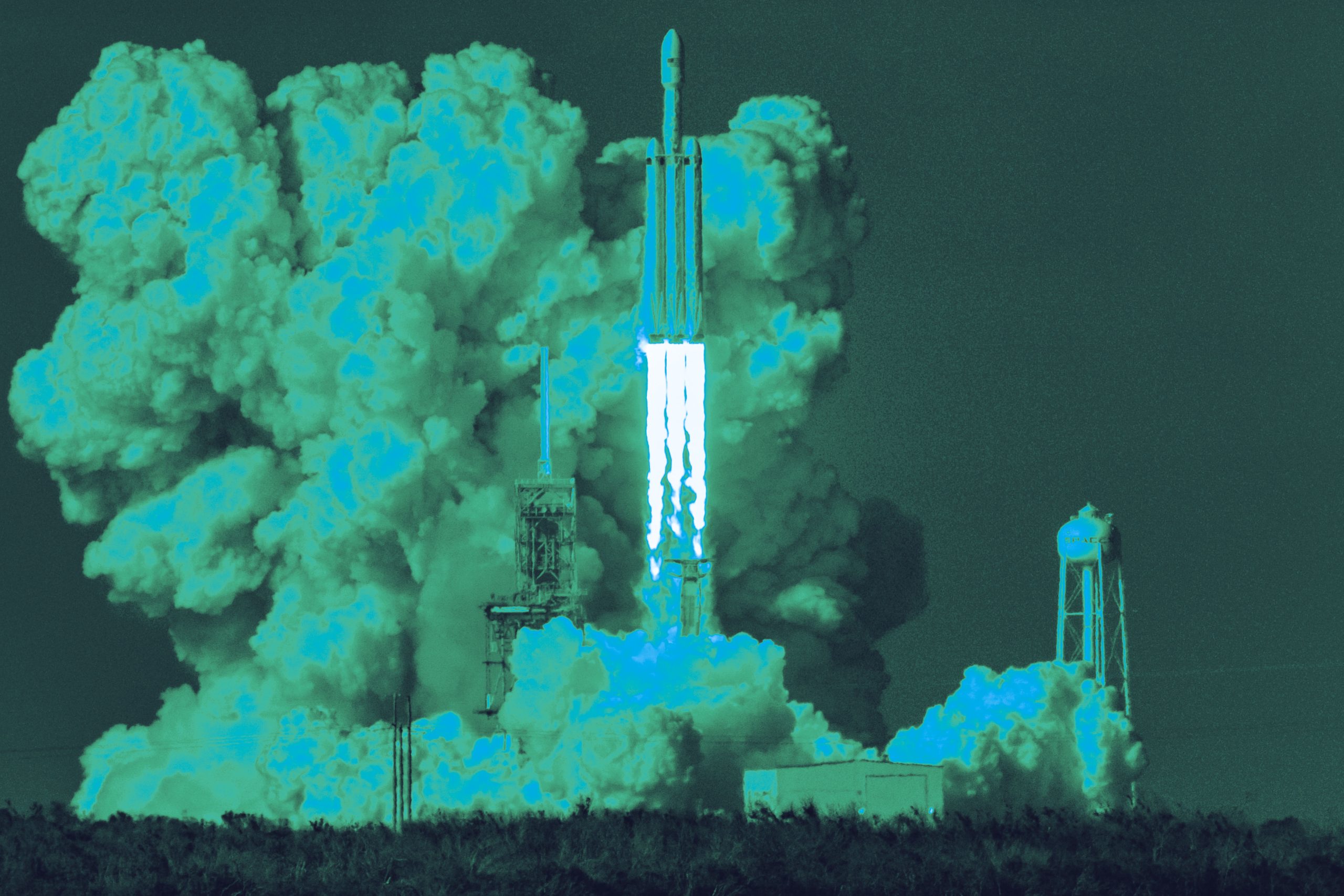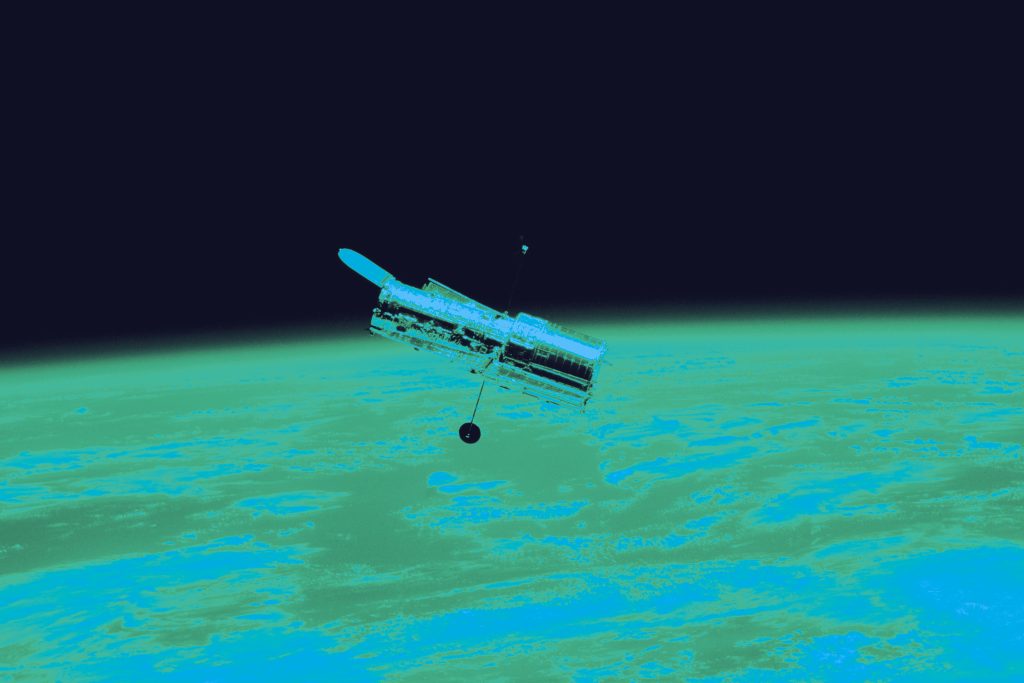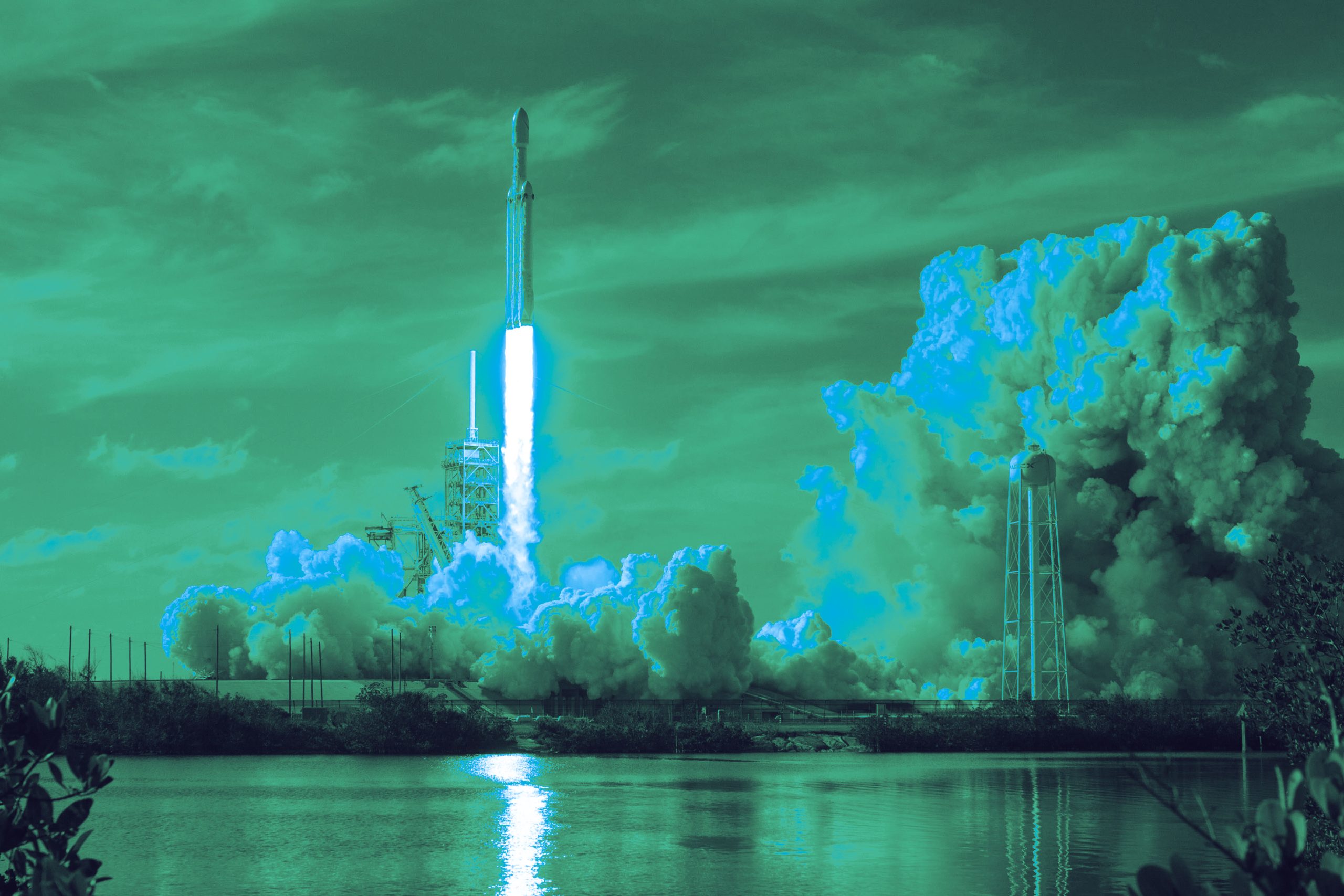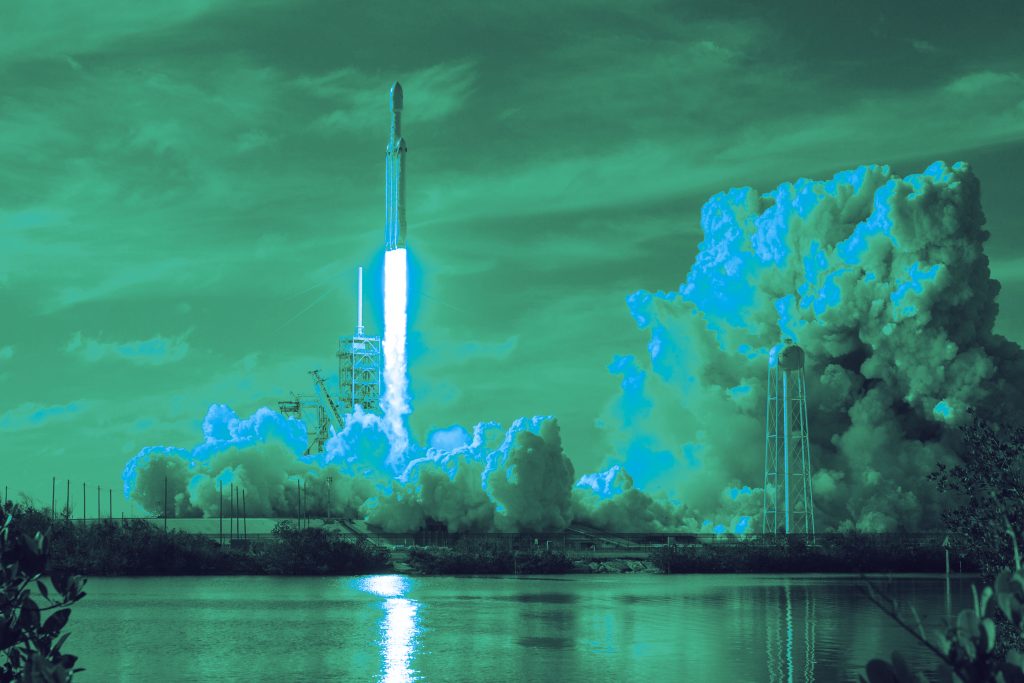Generative AI has already become part of the workforce. To help us understand its role in the connectivity industry, we spoke with Bruno Santos, the Global Business Development Director at Celfocus, on Episode 23 of The Connectivity Matters Podcast. He explained the impact that AI has already had on the industry and shared his opinion on the opportunities it offers. Read on for the highlights of the conversation.
AI has come into the public eye much more significantly more recently. Do you see that as a positive or a negative?
I tend to see it as positive. If it’s a new technology and it’s disruptive, it will change our behaviour. I’m not sure if it will be equivalent to the Industrial Revolution in the early 19th century, but it is something that will change our lives forever. We are also seeing a lot of impact not only with our clients but with our own internal processes too. Our teams are using AI to accelerate their performance and delivery, like generating new test data without waiting for the client to provide us with it or having ChatGPT generate code. We then take that output and take it to the next level by fine-tuning the requirements and wording in order to build and deliver the solution.
AI has been changing a lot of our ways of working internally. We even have a mandate from our board to start using more ChatGPT engineering in our daily tasks. If we can use it to build a presentation, we should do that as much as we can in order to become more efficient. We are also challenging some of the assets AI produces, but I think it’s changing our ways of working and will keep changing more.
What impact has AI had on Celfocus so far?
We’ve been leveraging AI to increase advanced data analytics since 2018. When it comes to the clear benefits to our clients, it’s always very hard to demonstrate and explain what we do with the data, but you can predict things based on historical data, so while it’s always very hard to convince our clients, adopting AI is the right move. We have an extensive set of AI use cases to share with our clients, the most important of which is the very good positioning in the industry we have thanks to these insights.
Over the last two years, especially with all the ChatGPT hype, it was very easy for us to change because we were already using AI. Now we’re extending our capabilities and solutions to use generic AI. Our team was already fluent in this kind of technology; now we’re just using a different flavour. We’re working closely with our clients to demonstrate the benefits of using AI.

What would you say are the biggest opportunities AI presents for the industry?
There are a few of them, and we are already seeing efficiency and cost savings. We are currently assigning people to different tasks that are more beneficial for our clients. We are also rescaling our clients’ workforces based on our solutions. Going beyond that, AI is changing things around operations and automating things in order to be cost-effective. That’s where you have the key decision points for our clients, like “What is the business case? What is the financial benefit I can get from the solution?” Those are key drivers for applying those generative AI and machine learning use cases to our clients. There is a huge set of opportunities, but they all go in the direction of making processes more effective.
What are the biggest challenges around AI in connectivity?
The biggest challenge is confidence in the solution and the technology. The privacy and ethics of what we are delivering are some of the key topics because everything involves a huge set of data from everywhere, not only from public information but sometimes from critical and confidential information from our clients. There’s always the problem of trust. Data and regulation is one of the key topics that we need to address. How trustworthy is the solution that we are bringing? Sometimes it’s it’s not straightforward.
What we have is a first step called human-assisted AI. We provide insights and a way to automate without human intervention, but in between there is always a human validating that information. They can apply the recommendation that the engine is providing and certify its validity. Our end-user solutions are based on AI algorithms that work by themselves.
To learn more about AI’s role in connectivity, listen to Episode 23 of The Connectivity Matters Podcast here.
We sit down regularly with some of the biggest names in our industry, we dedicate our podcast to the stories of leaders in the technologies industries that bring us closer together. Follow the link here to see some of our latest episodes and don’t forget to subscribe.
